|
Current Funded Research Projects and Collaboration |
Nano Membrane
Water and Energy Research
|
| |
19. Conversion of CO2
into CH4
Using HOT-DNA Membrane (2013)
Newly developed two-dimension (2D) HOT-DNA membranes brought
in new properties such as flexibility, multifunctional
while retaining its 1D properties such as not only UV but
Vis light application.
This proposal is to develop an integrated cost
effective CH4
production
from
CO2.
The focus of our proposal is to fabricate and assemble
heterojunctioned HOT-DNA UF
membranes
and its modules for cost effective CH4
production from CO2
through the study of the flexibility mechanisms of
heterojunctioned
HOT-DNA membrane and the fundamental intersections of
heterojunctioned HOT-DNA membrane and its
biological, chemical, physical, atomic physical and quantum
activities. Furthermore in a nano-solid state, the
fundamentals
of the interaction of HOT-DNA membranes and light will be
studied in the context of cavity quantum effect
diffusion.The objective
of this project is to develop a HOT-DNA membrane reactor for
converting CO2
into CH4
under
solar condition. |
|
|
18.
Multifuncational Nanostructured Membrane for Clean Water and
Energy Production (2012)
The objective
of this project is to develop a novel nanofibe/wire/tube
membrane with multifuctional properties
such as anti-fouling, concurrent
water purification and energy production. |
|
|
17.
SPICE --Singapore Process Integration Centre of
Excellence--with demonstration in
Singapore Refining Corporation Pte
Ltd. (Jan 2012)
This project is
to develop and demonstrate the local competence and
technology in the field of
industrial process integration
for optimized solution for increased water, energy and
production
efficiency in refining and
petrochemical process by setting up lasting competence
centre to service
the Singapore industry. This
project is supported by national Research Foundation
(NRF)/EWI. |
|
|
16.
Derived Bunker Fuel
from Waste Oil Sludge (Feb 2012)
This
proposal focuses on the new development trend using the
latest technology to convert the oil
sludge
regenerated from oil tank cleaning process into consumable
bunker fuels.
This project is
supported by MPA. |
| |
15.
E4.3--Couple AdvancedOxidation
Process (AOP): Sonophotocatalysis for Treatment of
Environmental Contaminants in RO Retenate Water,
NSF, USA
(2011)
The proposed project is to develop a nano
structured photocatalyst to remove the contaminants in
RO retenate water. The project is
supported by NSF, USA and collaborating with Stanford
University.
|
| |
14.
Nano composite
materials
for spilled oil recovery
(2011)
The proposed project is to develop a nano
composite materials with high adsorption capacity and
easy for spilled oil recovery,
dissolved oil and water separation and filtration.
|
|
|
13. Feasibility Study of Integrating Flexible Dye
Sensitized Solar Cells (DSSC) into Flexible
Sheets for UAV applications (Nov 2009)
This project is
to
fabricate the flexible DSSC using nanostructured flexible
TiO2
technology and to
utilize the special characteristics of
flexible DSSC to provide electrical power as a solar sheet
module.
This project is supported by TDSI. |
|
|
|
12. Assembling of Multifunctional TiO2
Nanofiber Membrane for Water Treatment (Dec 08)
The
cost for water reclamation is limited by a fouling problem
which is caused by the deposition of the
foulants
on membrane surface such as nature organic matters (NOMs)
and bacteria etc. This project is
to
create a concurrent photocatalytic oxidation (PCO) and
filtration membrane for large scale water
treatment
(self generation membrane). Due to the nanosized crystallite
(QUANTUM efficiency) of
TiO2 fiber, the PCO and filtration capability of
nanofiber filter are being improved significantly. The
membrane fouling problem will be minimized/disappear
(possible). Thus the proposed project is to
overcome the fouling problem of polymeric membrane and come
up with robust and free standing TiO2
nanfiber membrane for concurrent PCO and filtration. This
project is supported by National Research
Foundation
(NRF)/EWI. |
| |
|
11.
Development of flexible DSSC for Commercial Application
(Dec 08)
Low cost
fabrication and device stability are two main factors that
hamper the commercialization of the
dye sensitized solar cells (DSSCs). This project aims
to solve these problems by fabricating flexible
DSSCs. During the project, several new areas will be
explored, which include the fabrication protocols
for TiO2 fiber/tube/membrane, new concept of dye
sensitizers, and new strategies for device
fabrication. This
project is supported by National Research
Foundation (NRF)/Clean Energy Research
Program
(CERP). |
| |
|
10.
Concurrent Hydrogen
Production and Water Purification Using TiO2
Nanofiber/Microsphere |
| |
|
9.
TiO2
Nanofiber Membrane
for Removal of
Marine Microorganisms (Dec 2008)
The robust and
free-standing multifunctional ultrathin TiO2
nanofiber membrane acts as both filtration
membrane and photocatalyst in water technologies. In the
presence of ultraviolet light, the crystalline
TiO2 nanofiber is known to produce strong oxidant
and exhibit quantum size effects. These unique
properties give rise to various applications particularly in
(1) removing marine microorganisms from
water, (2) producing cost effective commercial filtration
membranes that could dramatically reduce
the cost of water production and (3) treatment of Ballast
water for safe discharge. This
project is
supported
by Maritime and Port Authority of Singapore.
|
|
|
8.
TiO2
Nanofiber/tube/microsphere Membrane Solar Cell (Oct 2008)

This project aims
to fabricate dye sensitized solar cells (DSSCs) for
maritime and port application
using TiO2
technology. This
project is supported by Maritime and Port Authority of
Singapore.
|
| |
|
7.
Illustration Fouling Mechanism of Ultrafiltration Membrane
in Water Treatment Systems
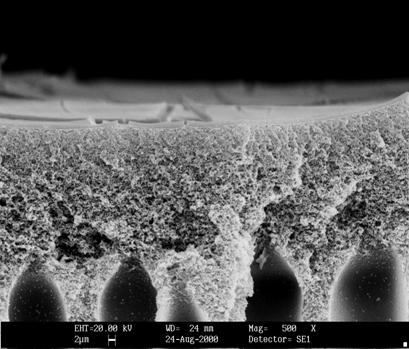
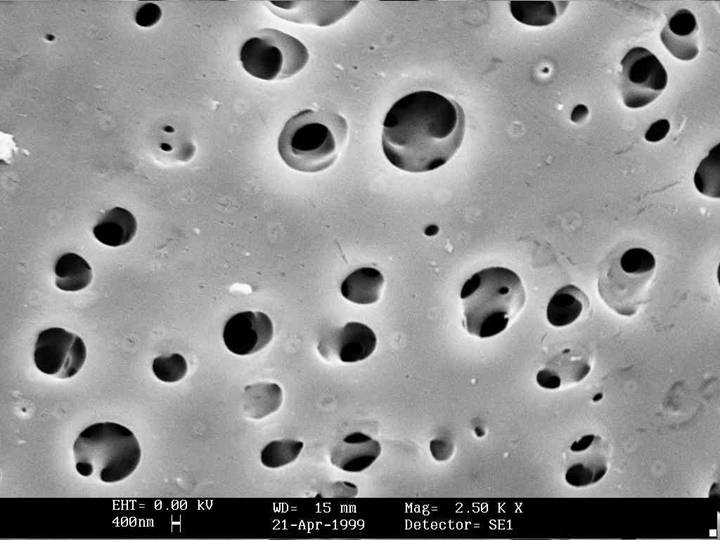
 |
|
NOM Fouling on UF Membrane Clean UF Membrane
Cross-flow Membrane Fouling Test System |
|
|
|
6. Nanostructured, Nanofiber/tube, Hollow Mesoporous
Microsphere & Its Membrane
Collaborators:
Stanford University
and
PUB
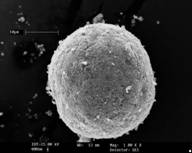 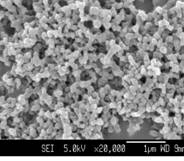
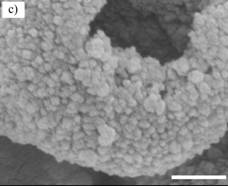 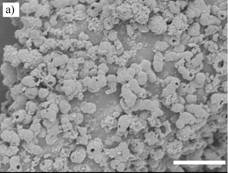
Nano-structured TiO2 microsphere photocatalyst Nanostructured hollow TiO2 microsphere
photocatalyst
|
|
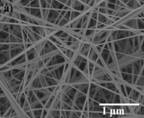 
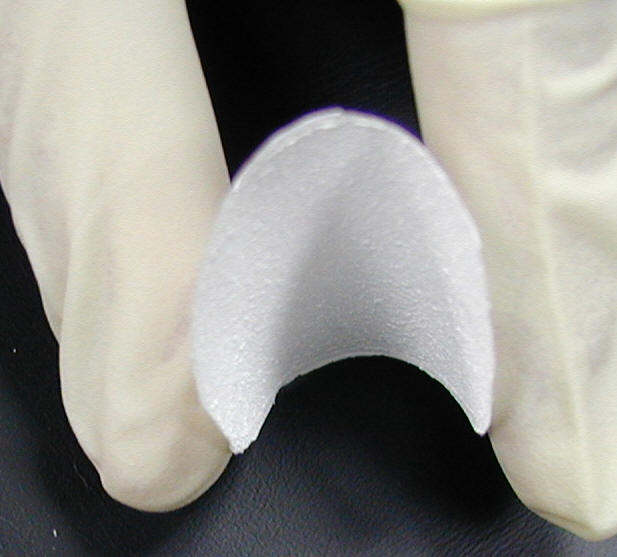 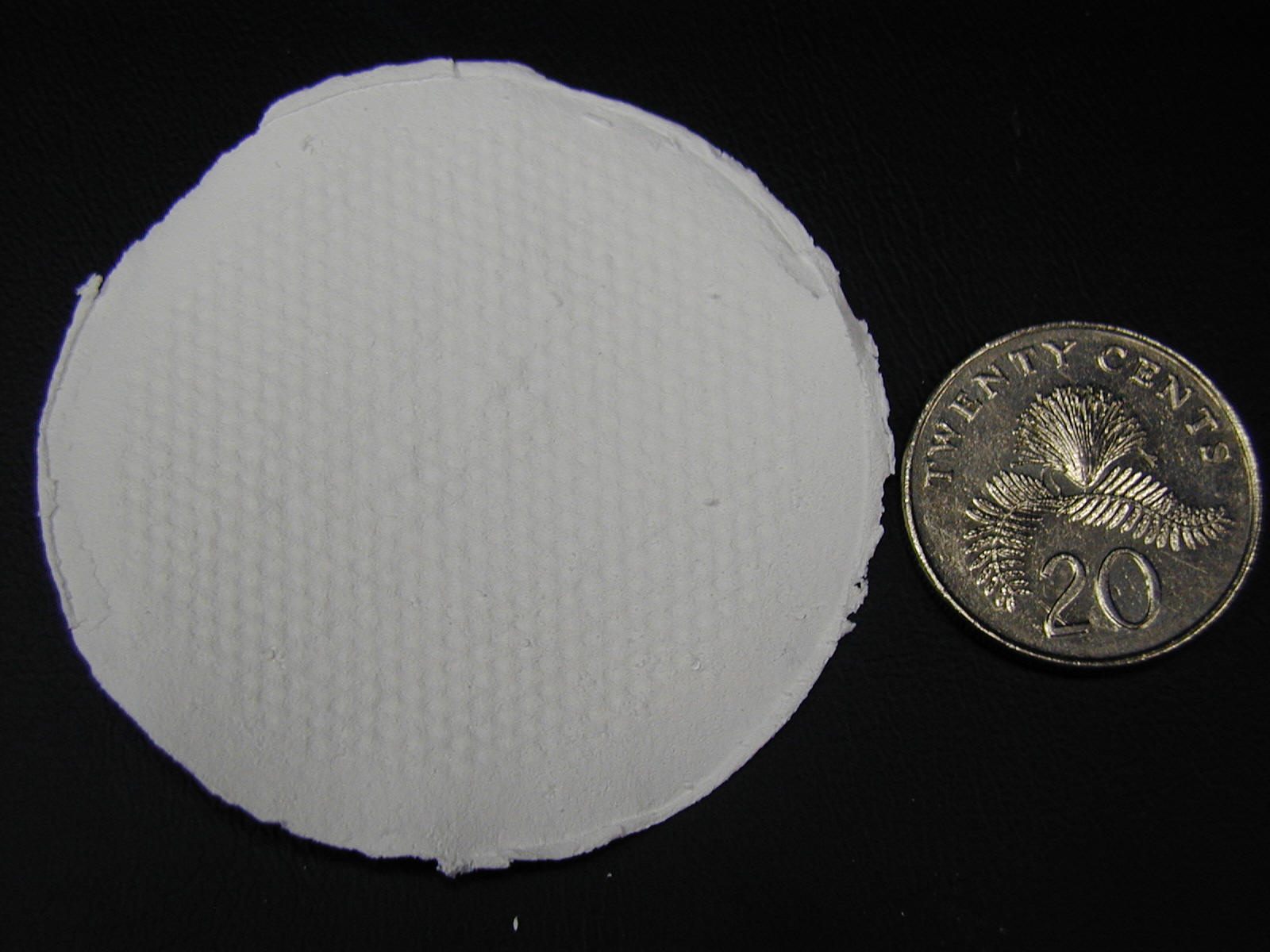
TiO2
nanofiber and TiO2
nanotube Free-standing
& flexible pure TiO2
nanofiber membrane |
| |
|
5. Nano-structured Photocatalyst for Membrane Fouling Control
Collaborators:
Stanford University
and
PUB
TEC Award from Prime
Minister's Office, Singapore
Click Here for News Release
|
|
TiO2 Nanostructured
Photocatalytic Microsphere for Membrane Fouling Control
(above)
TiO2 Microsphere and Membrane Water Treatment System: A Pilot
plant at CCK Waterworks Singapore (below)
|
|
4.
Filtration Membrane Fouling Mechanism and Control
 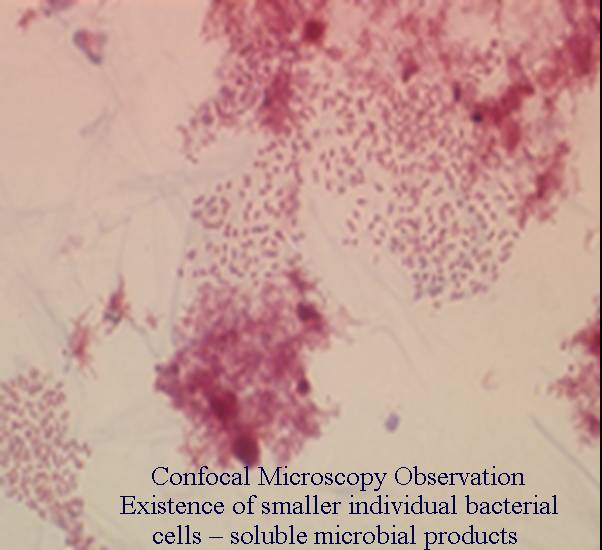 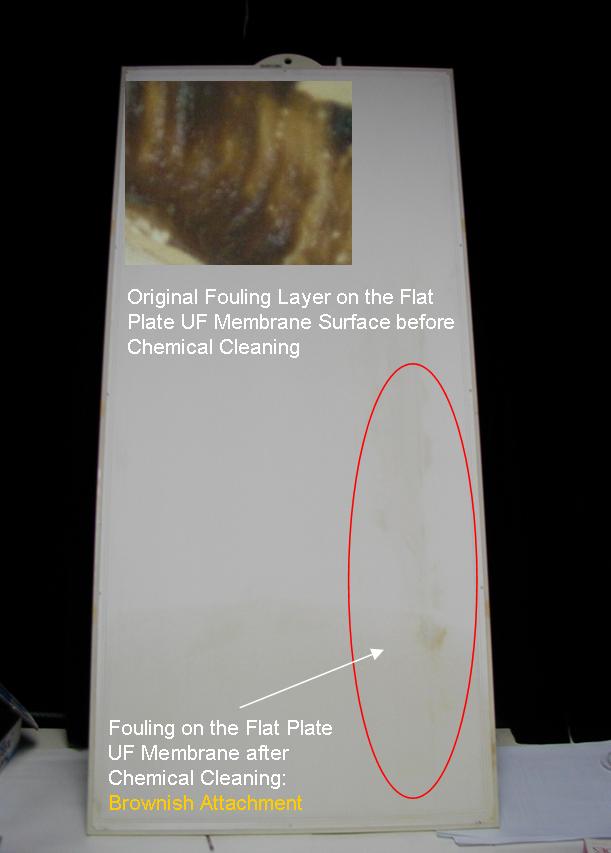 |
|
|
|
3. Anammox
Membrane Bioreactor and
Membrane Biodigestor
for
Water Reclamation
Collaborators:
Stanford University
and
PUB |
| |
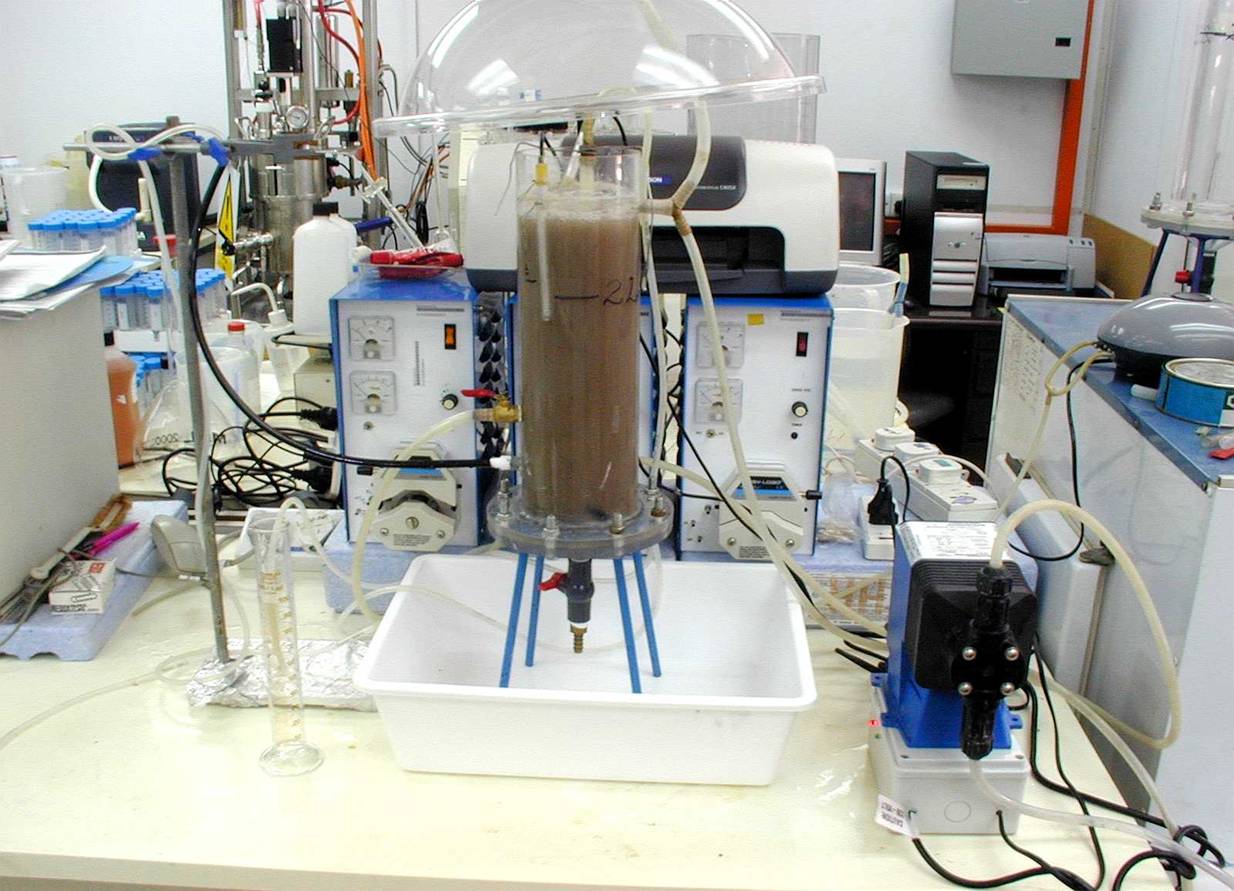 |
|
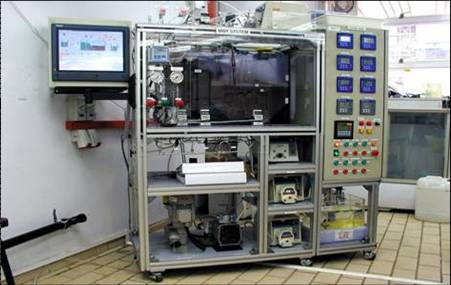 |
|
| |
Aerobic MBR has been used
since 1999 |
|
This MBR system consists of 3 sections by baffles,
the COD removal, the anoxic N removal and the membrane filtration |
|
| |
|
|
|
|
| |
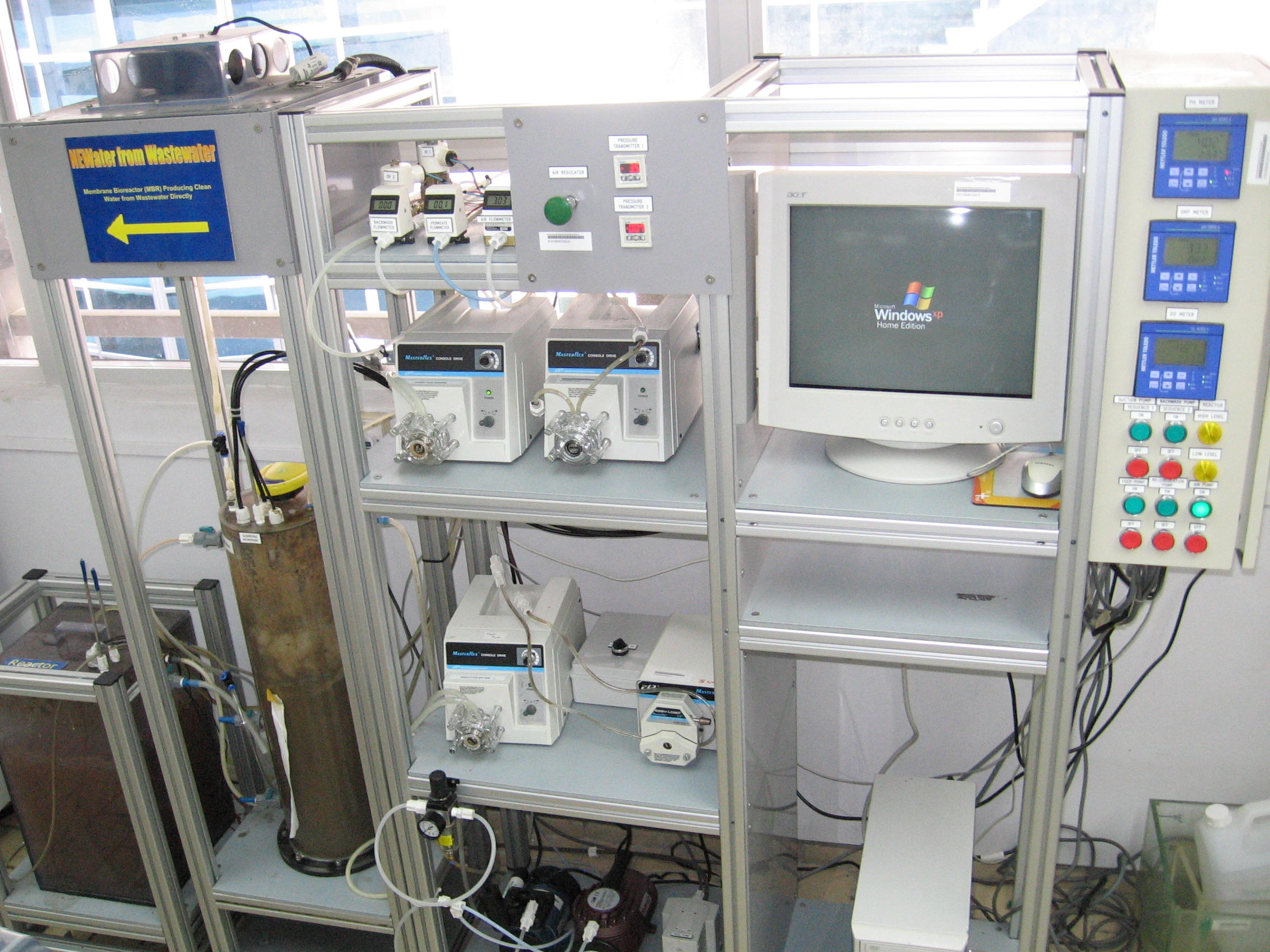 |
|
 |
|
| |
Aerobic membrane biodigestor (MBD) |
|
Anammox membrane bioreactor |
|
|
|
|
|
2. Nanofiltration Membrane for Water Reclamation |
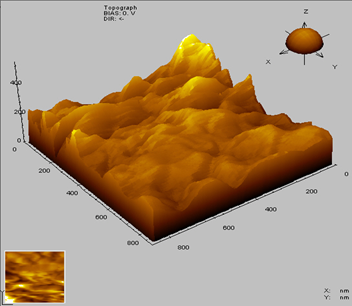
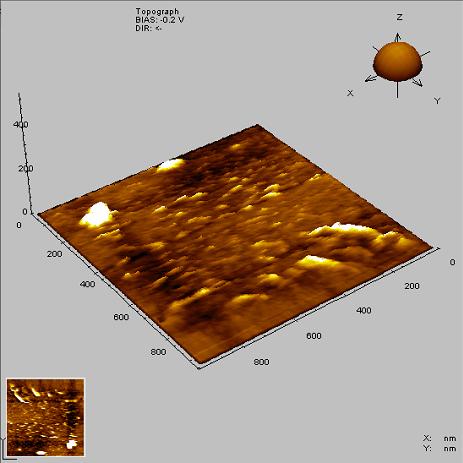

The
manufacturing of semiconductor integrated circuit (IC) chips
with indium phosphide (InP) produces
toxic wastewater that
requires proper treatment prior to safe discharge. In this
work, a few nanofiltration
(NF) membranes were applied to
the separation of both suspended InP particles and dissolved
indium
(In3+) from the wastewater. This
study focused on (a) the performance of such a NF
process under
various operating conditions;
(b) effects of
electrochemical potential of indium, as a multivalent cation,
on
nanofiltration;
(c) colloidal fouling of the membranes and
the associated impacts on nanofiltration, and (d)
modeling of nanofiltration processes.
|
|
|
|
1.
MF/UF Membrane and RO Membrane for Water Reclamation
|
| |
|
|
| |
|
Click Here for
More Membrane Water Research
Stabilization/Recrystallization for Waste
Reutilization |
|
|
|
1.
Pre-processing
Marine Clay for Direct Land Reclamation
(December 2011)
This project is to use
chemical additive to treat marine clay for direct land
reclamation application. The objective is to
improve the consideration performance of marine clay. This
project is supported by MPA.
|
2.
Converting
Dredged and
Excavated
Marine
Clay into
Hierarchically
Structured
Land
Reclamation
Material
Using
Re-stabilization
Technology (April 2010).
This project is
to
(1) design
the matrix use the “concept of waste to treat waste”;
(2) to evaluate
the physical
and
engineering properties of the land reclamation material;
(3) design
and evaluate
the possibility of large
scale commercial application.
.
|
|
3. Converting Contaminated DredgedClay and
Industrial Wastes Into Value-added Products
Collaborators:
MPA,
Subana
and
NES
TEC Award from
Prime Minister's Office, Singapore |

The
dredged materials with heavy metal content exceeding the
levels set are mainly from rivers, shipyard and harbour
basins, and cargo terminals and have to be disposed at
current offshore dumping ground. Industrial wastes are
generated by more than 2,000 companies in Singapore and
required treatment to render them safe for ultimate disposal
at dumping ground as well. The current dumping group will be
filled by 2008. There is an urgent need to search a best
alternative solution for not only reutilizing the dredged
materials and the industrial wastes into value added
products but also preventing heavy metal leaching problem.
We had a joint project consisting MPA, Surbana, NE and NTU
to look into the problems of contaminated dredged materials
and industrial waste in Singapore at pilot scale. The joint
project was supported by TEC to conduct a pilot test to (1)
confirm the technology and process in a mass production
level, (2) to test the products for applications such as
land reclamation fill, road construction and building
projects, and (3) to estimate the operational and costing
parameters for setting up a full scale commercial plant.
The TEC project was implemented on the 15 July 2004 and
completed on 30 December 2005. |
| |
|
3. Converting
Sludge from Waterworks into Value-added Products Using
Frontier Recrystallization Technology
Collaborators:
Stanford University
and
PUB |
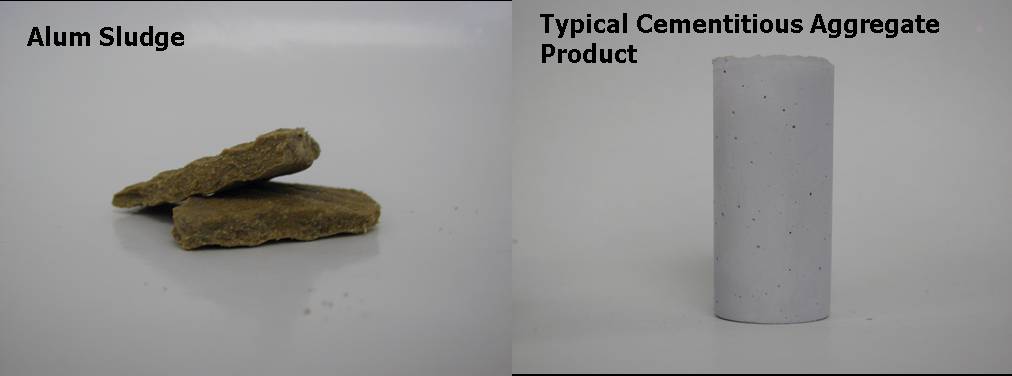 |
| |
|
4.
Reutilization of Steel-making By-product into Asphalt
Pavement Material
Collaborator: NatSteel |
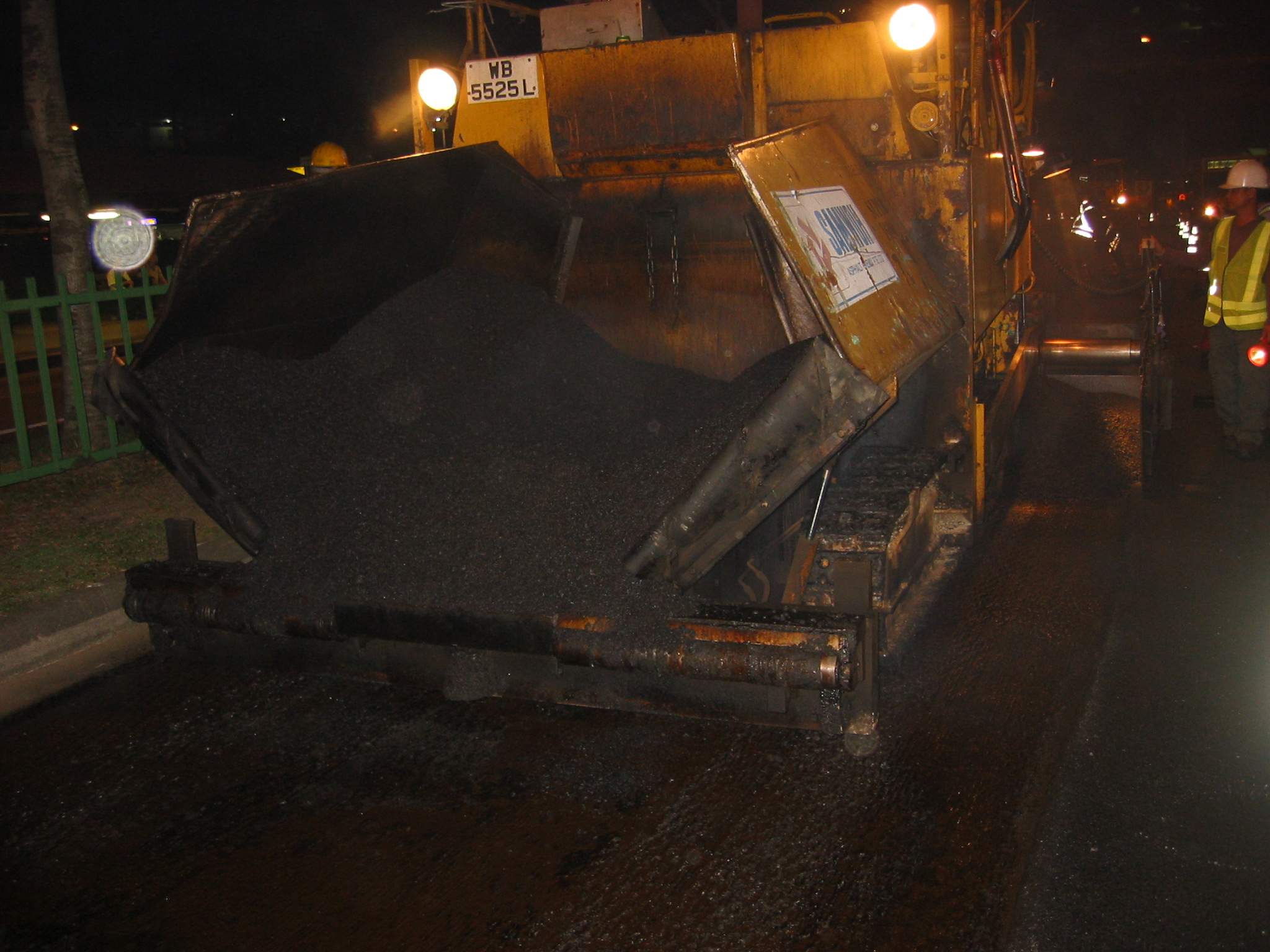 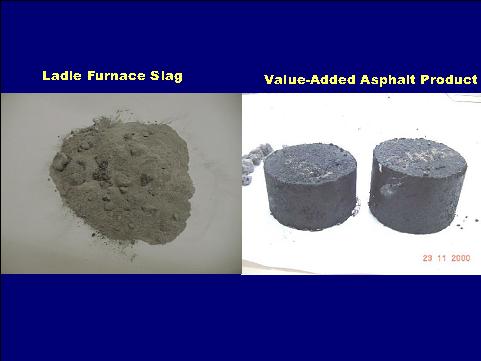 |
|
|






